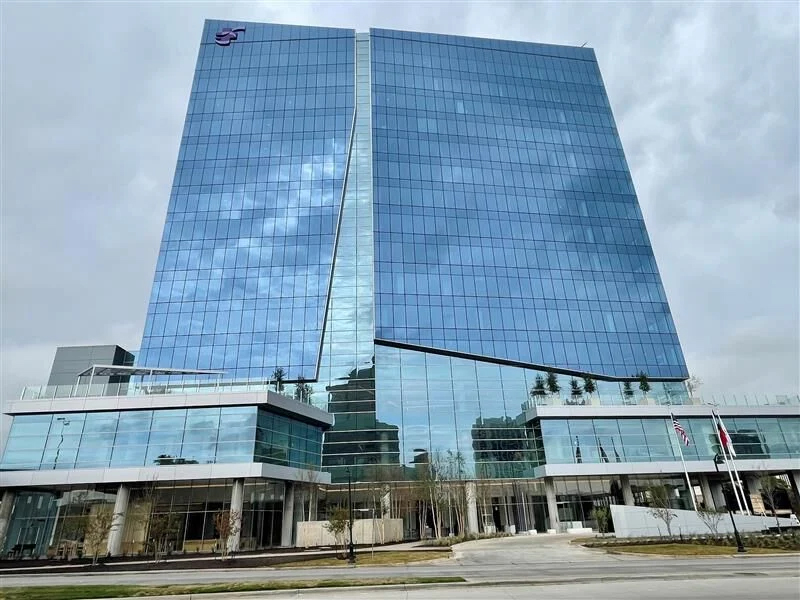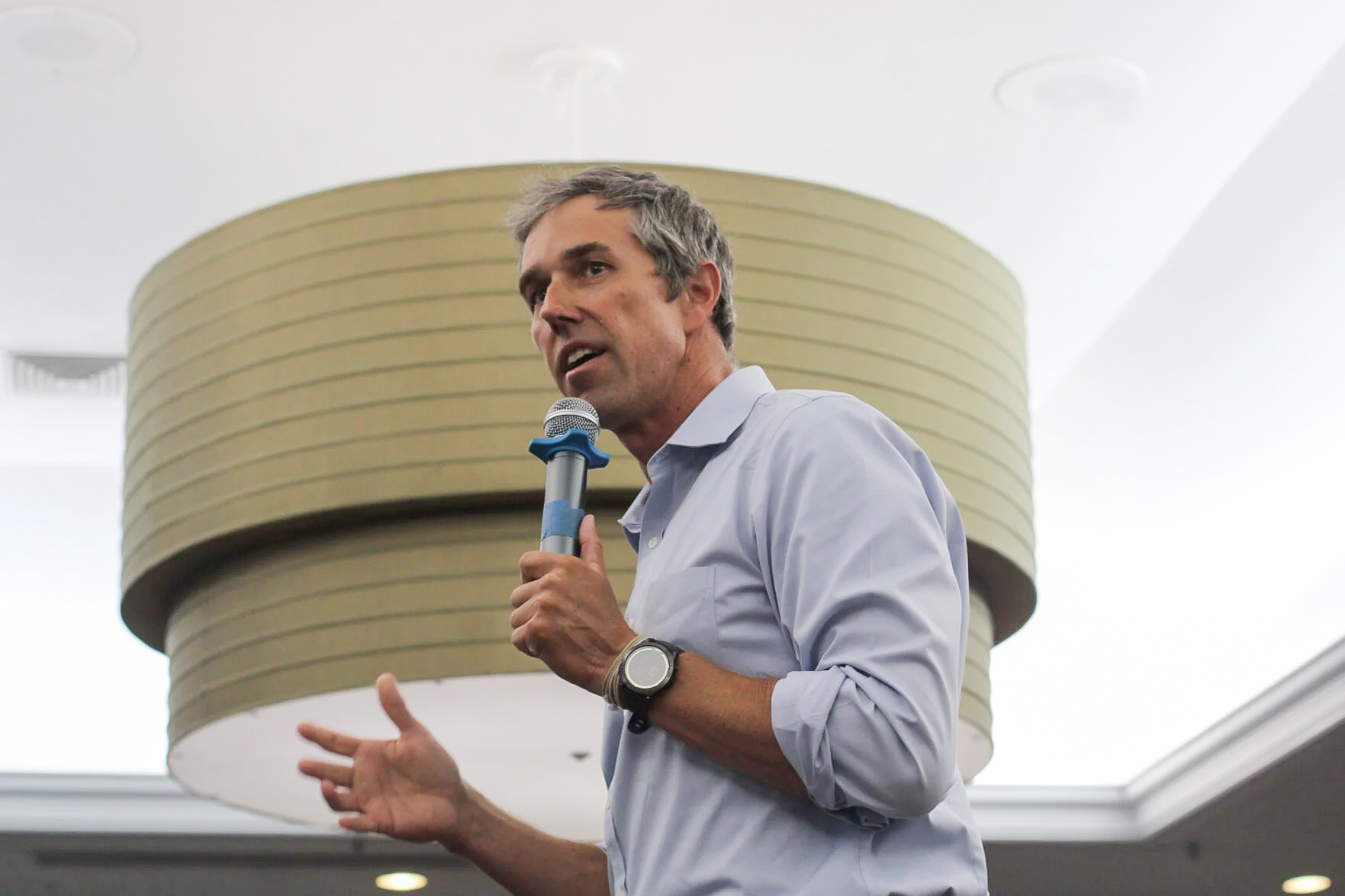A look at salaries in Tyler ISD and how pay compares to others
Published 5:10 am Sunday, September 2, 2018

- A look at salaries in Tyler ISD and how pay compares to others
The Tyler Independent School District is planning to raise pay for employees in the upcoming year, and the Tyler Morning Telegraph took a look at the district’s salaries as part of an ongoing series on public-official salaries.
Tyler ISD is the largest school district in Smith County and served 18,003 students in the 2017-18 school year, according to data from the Texas Education Agency. The district has 30 different school campuses, according to the superintendent.
The Tyler Morning Telegraph looked at pay for 2,608 full-time and part-time employees with positions ranging from school bus monitors to the superintendent. The salaries are for the district’s fiscal year 2018, which started Sept. 1, 2017, and ended Aug. 31, 2018.
Compensation data provided by the district does not include fringe benefits, such as health insurance or teacher retirement, which is handled at the state level by the Teacher Retirement System of Texas.
WHAT THE NUMBERS SHOW
Twenty-two Tyler ISD employees made more than $100,000 that year, according to the data. They were all administrators.
Superintendent Marty Crawford was the highest paid employee at $225,000. Crawford’s pay is set by the Tyler ISD Board
of Trustees, who are elected officials serving different areas of the district.
The next-highest paid employees were Crawford’s four assistant superintendents: Tosha Bjork, finance and administration, at $151,162; Ronald Jones, chief of staff, at $144,324; Rawly Sanchez, schools, at $144,126; and Christy Hanson, curriculum and instruction, at $139,767.
Gary Brown, the executive director of college and career, made $125,348; Daniel Crawford, the principal of Robert E. Lee High School, made $120,217; Timothy Loper, the director of facilities services, made $118,217.
No. 9 was Kenneth Gay, the executive director of administration, who made $117,087; and No. 10 was Chanel Howard-Veazy, the principal of John Tyler High School, who made $117,000.
The average pay among all Tyler ISD employees — including fulltime and part-time workers ranging from custodians and food service workers to teachers and administrators — was $39,622, and the median was $45,500. Half of the employees were paid between $21,548 and $49,204, according to the Tyler Morning Telegraph analysis.
CHECKING THE STATE DATABASE
The Tyler Morning Telegraph also reviewed a database from the Texas Education Agency that includes school district salaries across the state. The review showed that the average Tyler ISD school employee pay when including all positions was below the state average school employee pay for all positions of $45,304 last year.
In Tyler ISD, entry-level teachers with bachelor’s degrees and no experience were paid a base salary of $42,000 in 2017-18, according to a publication from the district. Entry-level teachers received an additional stipend of $1,000 for holding master’s degrees and $1,500 for holding doctoral degrees. The maximum pay for a teacher that year, before stipends, was $64,000.
The state database showed the average base pay for total teaching staff in Tyler ISD for 2017-18 was $48,222, compared with $53,334 statewide.
Additionally, Crawford is the highest-paid superintendent in Smith County, according to the Texas Education Agency database. No. 2 is Stan Surratt at Lindale ISD, who made $198,840 in the 2017-18 year running a district with 4,075 students.
They are followed by Christopher Moran of Whitehouse ISD at $183,625; Todd Schneider of Bullard ISD at $174,159; Donni Cook of Chapel Hill ISD at $161,700; Wallace Bird of Troup ISD at $134,509; and Dwight Thomas of Arp ISD at $122,081.
The others are Norma Cotton of the charter school Cumberland Academy at $122,000; Jon Mize of Winona ISD at $117,300; and Jo Ann Simmons of the charter school UT Tyler University Academy (formerly Innovation Academy) at $114,283.
However, Crawford is paid in the same ballpark as, if not lower than, his statewide peers. He was No. 16 among 20 districts with between 14,800 and 22,600 students enrolled and No. 8 among nine districts with between 16,000 and 20,000 students.
The Rev. Fritz Hager, the president of the Tyler ISD Board of Trustees, said Crawford has dramatically improved the district since he started four years ago, and the board wants to increase his compensation to make sure he isn’t hired away by a larger district.
“The board sets performance goals for the superintendent and then evaluates his performance against the goals to set his salary, Hager said. “Academic performance has improved dramatically during the four years Dr. Crawford has led the district.”
Since he started, the number of traditional school campuses the state ranks as “Needs Improvement” has decreased from 11 to zero, Hager said.
“Accordingly, the board is executing a multiyear strategy to make it difficult for Dr. Crawford to leave by working to gradually make his compensation competitive with the next tier of districts likely to try to recruit him. Despite increases in his compensation, the head count in central office has decreased while the resources spent in the classroom have increased.”
SETTING PAY IN TYLER ISD
In its fiscal year 2019 budget, the Tyler ISD Board of Trustees has approved giving raises to teachers and other employees.
Teachers will receive $1,500 raises, and other employees will receive raises of 3 percent of the midpoint of their pay grades. There also will be equity adjustments for some employees, Crawford said.
Amy Campbell, the director of human resources services for the Texas Association of School Boards, said her organization often performs salary reviews for school districts. The organization created a salary structure for Tyler ISD in the 2013-14 school year and has worked with the district going back to the 1990s.
Campbell said most districts will do internal reviews of their salary structures regularly, but the best practice is to limit bringing in consultants to every few years because of the time and resources needed to do a full salary review.
Campbell said most schools only grant pay increases based on their budgets, which are often squeezed. She said teachers across the state generally are underpaid, even though some districts pay better than others. She pointed to Dallas ISD, which pays teachers based on performance.
“If our school finance system (were) more equitable, I think districts would be able to put more money into teacher salaries,” she said. “We’re just not there yet. Districts do the best they can with what they’ve got, but what they’ve got keeps decreasing, and so it is a struggle to pay teachers fairly for the work that they do.”
Crawford said in an interview the district uses several different data points to decide on appropriate pay for employees. He said that includes looking at pay across Texas, Oklahoma and Louisiana; taking into account the district’s size, demographics and funding formula; and using data from the Texas Association of School Boards.
“You’ve got to look at the challenges that we do have here and understanding that our school system has a lot of different flavors to it,” Crawford said. “Some pockets could be considered serving rural kids. Some could be considered serving suburban and midurban and certainly urban students.”
About three-quarters of the district’s students are considered economically disadvantaged, according to Crawford. At the same time, he said the way the state funds public education makes it difficult to pay employees more.
“Tyler, certainly with its economy and housing, has really caught up, and so we’re able to fund things a little bit better than some of our peers or even the poorer parts of our state or even the poorer parts of East Texas,” Crawford said.
“We’re probably never going to get (to where we want to be) until the state’s funding changes for all school systems, but at the same time, we certainly can do a better job of competing and that’s what we’re trying to do,” he said.
AN ADVANTAGE FOR TYLER ISD
Crawford said another employee benefit is the district’s self-funded health insurance plan. He said a teacher participating in the district’s plan makes between $4,000 and $6,000 more in annual take-home pay than the person would if participating in the state’s teacher health insurance plan.
“That’s kind of an unwritten, added benefit that we’re able to protect through our budget processes,” Crawford said. “That $4,000 to $6,000 in your back pocket that does not go to health care if you’re on the state plan is something I think is very beneficial to our employees.”
He said principals of the individual campuses don’t have the discretion to set salary for incoming teachers. But, he said, there are occasions when a teacher may have an additional specialty — such as career coaching or debate coaching — that can be compensated in a different way.
In terms of administration, Crawford said he brought people in a few years ago who had experience with school improvement, and as the district has been improving he has been able to limit the number of upper administrators who stay in those positions.
Crawford said he intentionally is keeping the number of assistant superintendents at four — one for finance, one for curriculum, one for schools and one as the chief of staff. He said there were six assistant superintendents when he started about four years ago.
“I’ve seen it done to where there’s five or six assistant superintendent types, and I think we’re pretty comfortable at four, and there’s no need to add another one,” Crawford said.
TWITTER and INSTAGRAM: @_erinmansfield
“We’re probably never going to get (to where we want to be) until the state’s funding changes for all school systems, but at the same time, we certainly can do a better job of competing and that’s what we’re trying to do.”
MARTY CRAWFORD, TYLER ISD SUPERINTENDENT
ONLINE
• Visit TylerPaper.com to search an interactive database of Tyler ISD employee salaries.







